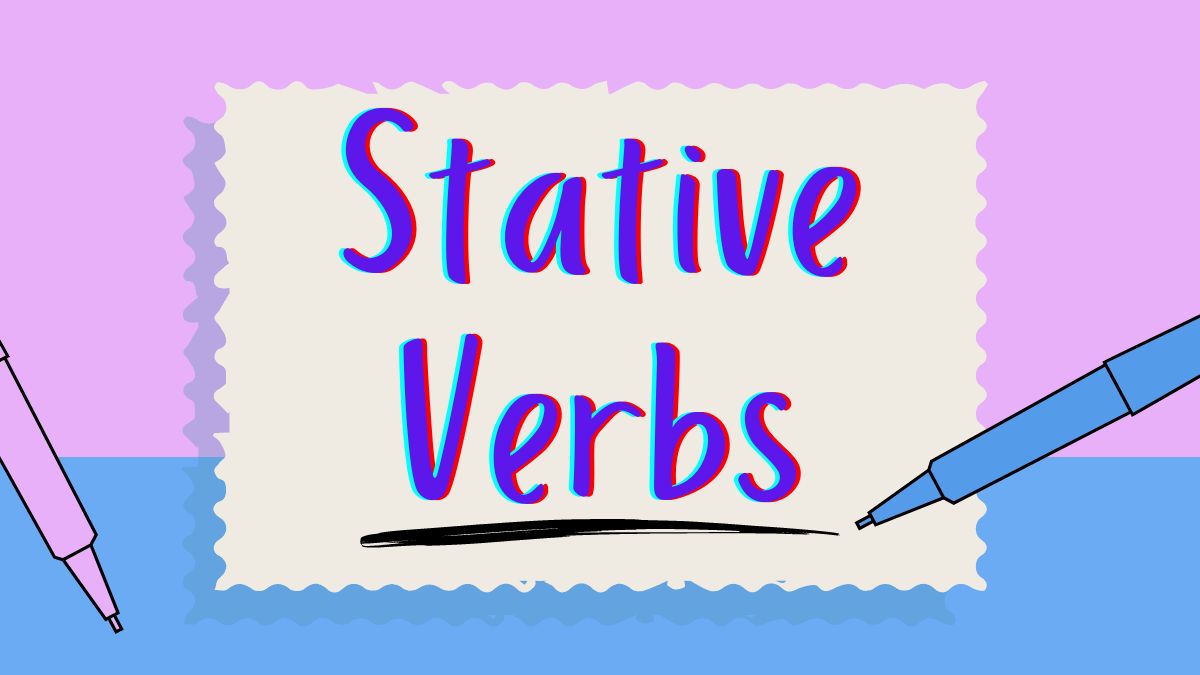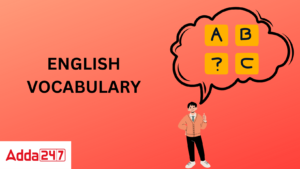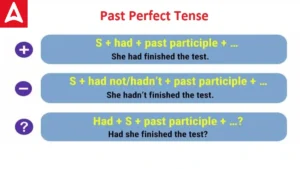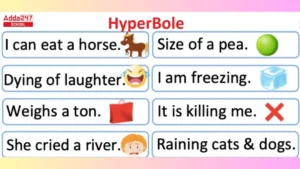The Stative Verbs are one of the most important types of verbs that are often used in the English language. As the name suggests, stative verbs describes the state of the subject. The stative verb is used quite commonly but we don’t know about them because of inadequate knowledge of these verbs. In this article, we will know about these special type of verbs by going through its definition, examples, usage, and other aspects.
Stative Verbs
Stative verbs are those verbs that describe a state or condition that is stable or unlikely to change (e.g., “ feel,” “believe,” “know”). These verbs indicate or describe the state of being of a noun or pronoun that generally acts as s subject in most of the sentences.
The Stative verb typically describe feelings, thoughts, or sensory experiences that the subject is having. Stative verbs are frequently compared to action verbs or dynamic verbs, which depict the actions carried out by the subject (e.g. “run,” “find,” “make”).
Stative Verbs Definition
A stative verb is a verb that explains a state of existence or perception. Stative verbs cover mental (such as “believe”) or emotional states (such as “dislike”), as well as physical states or qualities (such as “contain”). Stative verbs are utilized to convey ownership, beliefs, feelings, perceptions, as well as other conditions such as cost, weight, and measurement. The definition of the stative verb as per famous dictionaries is given herein.
According to the Collins Dictionary, a stative verb is “a verb describing a state rather than an activity, act, or event, such as know and want as opposed to leave and throw.”
As per the Cambridge Dictionary, A stative verb is defined as “a verb that describes a state and not an action”.
How to Use Stative Verbs
Remember that stative verbs depict situations that are not likely to change. Because of this, stative verbs are generally not employed in continuous tenses (like verbs ending in “ing”), such as the present continuous and the present perfect continuous. Nevertheless, there are a few cases where the verb “feel” does not follow the rule (e.g., “I’m not feeling good”). Check the correct and incorrect uses below,
- He is knowing exactly what needs to be done. – Incorrect
- He knows exactly what needs to be done. – Correct
Stative verb is commonly intransitive, which indicates they do not require a direct object. Modifiers, such as adverbs or prepositional phrases, are commonly used after intransitive verbs to give extra details. Examples of intransitive stative verbs are:
- I felt sick this morning.
- This cake smells delicious.
- Cheryl was here.
However, in some cases, some stative verb can also be transitive and take a direct object such as a pronoun or noun. Check the examples of such cases below.
- I love that movie.
- She really likes you.
- He owns several vinyl records.
Stative Verb Examples
Candidates can get a better idea of these verbs by going through the examples given hereunder.
- I don’t think they will win the election. [opinion]
- This jacket costs a lot. [cost]
- She hates working on the weekends. [emotion]
- A water molecule consists of three atoms. [possession]
- The dog smelled really bad after the rain. [sense]
Difference Between Stative Verbs and Linking Verbs
Stative and linking verbs serve the purpose of providing extra details about the subject in a sentence. Several verbs, including “taste,” “smell,” and “feel,” can be classified as both linking and stative.
Yet, linking verbs are not the only stative verbs. Even though the stative verb can have a direct object, which makes them transitive, linking verbs cannot have a direct object. Linking verbs must always be accompanied by a subject complement, which can be a noun, pronoun, or adjective describing the subject. Understand this through the following example.
- I like vanilla ice-cream. – Linking Verb
- I feel tired. – Stative Verb
Stative Verb vs Action Verb
Stative verbs are frequently compared to action or dynamic verbs. Stative verb shows a state of being or situation, while action verbs depict the actions of the subject in the sentence. Action verbs can denote physical and mental actions, such as “he ran” or “I am thinking.” Certain verbs have the ability to be either stative or dynamic based on the context of the sentence. For instance, the word “see” can indicate a point of view (stative verb) or the act of encountering someone (action verb).
For example:
- I don’t see any problem with that. – stative verb
- They’ve been seeing each other for a month now. – action verb
A method for differentiating stative verbs and action verbs is by examining the verb tense. A Stative verb do not appear in continuous tenses, whereas action verbs can be used in any verb tense.
Stative Verb vs Dynamic Verb
A verb that is the opposite of the stative verb are known as dynamic verbs. In other words, dynamic verbs are not stative. However, in English language, there are many verbs that can act as both stative and dynamic. Take a look at these verbs below.
1) Think
- think (stative) = have an opinion
I think that coffee is great - think (dynamic) = consider, have in my head
what are you thinking about? I’m thinking about my next holiday
2) Taste (‘taste’ is the same as other similar verbs such as ‘smell’)
- taste (stative) = has a certain taste
This soup tastes great
The coffee tastes really bitter - taste (dynamic) = the action of tasting
The chef is tasting the soup
3) Be
be is usually a stative verb, but when it is used in the continuous it means ‘behaving’ or ‘acting’
- you are stupid = it’s part of your personality
- you are being stupid = only now, not usually
4) See
- see (stative) = see with your eyes / understand
I see what you mean
I see her now, she’s just coming along the road - see (dynamic) = meet / have a relationship with
I’ve been seeing my boyfriend for three years
I’m seeing Robert tomorrow
5) Have
- have (stative) = own
I have a car - have (dynamic) = part of an expression
I’m having a party / a picnic / a bath / a good time / a break
List of Stative Verbs
Candidates can check the list of most commonly used stative verb in English Grammar below.
| Thoughts | Emotions | Senses | Possession | Other |
|---|---|---|---|---|
| (dis)agree | envy | appear | belong | be/are/is |
| believe | fear | feel | comprise | cost |
| doubt | hate | hear | consist | depend |
| forget | hope | look | contain | involve |
| know | (dis)like | see | has/have | measure |
| recognize | love | seem | include | owe |
| remember | need | sense | own | resemble |
| support | prefer | smell | possess | span |
| suppose | value | sound | weigh | |
| think | want | taste | ||
| understand | wish |
Stative Verb Exercises with Answers
Solve the exercise given below on stative verbs. After solving the questions, you can match your answers with the official answers provided below the questions.
Identify if verbs in the following sentences are stative verbs or other verbs.
- Do you like the book I gave you?
- Peter was my best friend.
- Jane seems to be an intelligent girl.
- The new employer seems like a nice guy.
- The movie on the real-time incident could be interesting.
- Do you think it is a good idea to go to London?
- Dhanush does not feel good.
- The ladies agreed with each other.
- I understand all of it now.
- She has her own bike.
Answers:
- Do you like the book I gave you? – Stative Verb
- Peter was my best friend. – Stative Verb
- Jane seems to be an intelligent girl. – Stative Verb
- The new employer seems like a nice guy. – Stative Verb
- The movie on the real-time incident could be interesting. – Linking Verb
- Do you think it is a good idea to go to London? – Stative Verb
- Dhanush does not feel good. – Stative Verb/Linking Verb
- The ladies agreed with each other. – Stative Verb
- I understand all of it now. – Stative Verb
- She has her own bike. – Stative Verb
| Related Articles | |
| Linking Verbs | Regular Verbs |
| Phrasal Verbs | Main Verbs |
| Modal Verbs | Verb Forms |









 Vocabulary Words with Meaning and Senten...
Vocabulary Words with Meaning and Senten...
 Past Perfect Tense: Definition, Formula,...
Past Perfect Tense: Definition, Formula,...
 Hyperbole- Explanation, Definition, Exam...
Hyperbole- Explanation, Definition, Exam...












